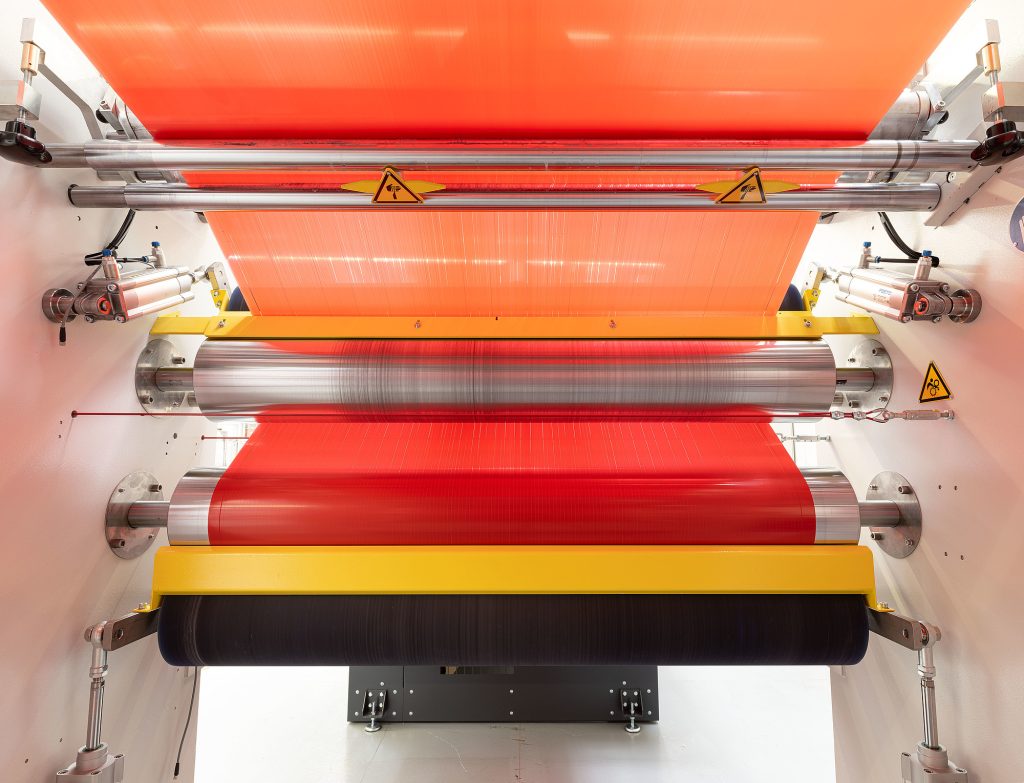
- Introduction
- Part 1: BOPP Laminated PP Woven Bags – Technical Superiority
- Part 2: Global Market Analysis – Regional Producer Profiles
- Part 3: China’s Manufacturing Dominance
- Case Study: Chinese BOPP Bags in the EU Market
- FAQs: Addressing Buyer Concerns
- The Future: Automation & Nearshoring Challenges
- Conclusion
Key Answer: BOPP laminated PP woven bags dominate global packaging due to their moisture resistance and print durability, while Chinese manufacturers lead with cost efficiency, rapid delivery, and integrated supply chains—outpacing competitors in the US, EU, and Southeast Asia.
Introduction
BOPP Laminated PP Woven Bags, known for their durability and high-quality graphics, are critical for industries ranging from agriculture to chemicals. However, their market adoption varies globally, influenced by regional demands and production capabilities. Woven Bag Exporters from China, leveraging advanced manufacturing and economies of scale, now control 65% of the global supply (Smithers Pira, 2023).
Dialogue:
Q: Why do global buyers prefer Chinese-made BOPP laminated bags?
A: Chinese manufacturers offer Printed BOPP Woven Bags at 30% lower costs with 50% faster lead times, backed by vertically integrated PP supply chains.
Part 1: BOPP Laminated PP Woven Bags – Technical Superiority
1. BOPP Lamination Benefits
- Moisture Barrier: 0.5 g/m²/24h water vapor transmission (ASTM E96), ideal for fertilizers and hygroscopic chemicals.
Example: A Kenyan fertilizer company reduced spoilage by 40% using BOPP Laminated PP Woven Bags (FAO, 2022). - Print Durability: UV-resistant inks retain 95% color vibrancy after 2,000 hours of sunlight (ISO 4892-2).
2. Applications by Region
| Region | Primary Use | Key Demand Driver |
|---|---|---|
| North America | Pet food, construction materials | Brand-centric print quality |
| Europe | Organic fertilizers, retail | Eco-compliance (EN 13432) |
| Southeast Asia | Rice, cement | Cost sensitivity |
Part 2: Global Market Analysis – Regional Producer Profiles
1. United States: Premium Branding, Limited Scale
- Focus: High-margin custom Printed BOPP Woven Bags for retail.
- Weakness: Labor costs 3× higher than China; reliance on imported PP resins.
Example: US-based ProAmpac’s bags cost $0.45/unit vs. China’s $0.30 (Plastics Today, 2023).
2. European Union: Sustainability-Driven
- Regulations: Mandate 50% recycled content by 2025 (EU Circular Economy Action Plan).
- Niche Players: German firms like RKW Group invest in biodegradable laminates but face 20% longer lead times.
3. India & Southeast Asia: Price-Sensitive Growth
- Advantage: Low labor costs; Disadvantage: Inconsistent lamination quality (±0.1 mm tolerance vs. China’s ±0.05 mm).
Case Study: Thai rice exporters reported 15% defect rates with local bags vs. 2% from Chinese suppliers.
Part 3: China’s Manufacturing Dominance
1. Quality Control & Technology
- Starlinger Machinery: 90% of top Chinese producers use Starlinger looms, achieving ±0.02 mm thickness accuracy.
- Raw Material Access: Sinopec and CNPC supply virgin PP at $1,100/ton—20% cheaper than global averages.
2. Cost Efficiency
| Factor | China | USA | Germany |
|---|---|---|---|
| Labor Cost/Hour | $6.50 | $22 | $35 |
| PP Resin Cost/Ton | $1,100 | $1,400 | $1,500 |
| Average Lead Time | 20 Days | 45 Days | 60 Days |
3. Supply Chain Integration
- Vertical Integration: Companies like Qingdao Huayan control PP production, weaving, lamination, and printing—cutting lead times by 50%.
Example: A Brazilian coffee brand reduced time-to-market from 60 to 28 days using Chinese suppliers.
4. Global Logistics Networks
- Port Infrastructure: Shanghai/Ningbo ports handle 40% of global Woven Bag Exporters’ shipments, with 48-hour customs clearance (World Bank, 2023).
Case Study: Chinese BOPP Bags in the EU Market
In 2023, Dutch agro giant Nutreco switched to Chinese Printed BOPP Woven Bags, saving €2.1 million annually. The bags met EN 13432 standards with 30% PCR content and 0.08 mm lamination.
FAQs: Addressing Buyer Concerns
Q1: Are Chinese bags less durable than European ones?
A: No—Starlinger-equipped factories produce bags with 40 MPa tensile strength (ISO 527-3), matching EU benchmarks.
Q2: How do Chinese suppliers handle customization?
A: Advanced flexo printers deliver 1200 dpi resolution, supporting 8-color designs. A South African retailer achieved 99% logo accuracy on 500,000 units.
Q3: What about ESG compliance?
A: Top exporters like VidePak hold SA8000 certifications, with solar-powered plants reducing carbon footprints by 35%.
The Future: Automation & Nearshoring Challenges
Chinese firms are investing in AI-driven production lines to counter Southeast Asia’s rising labor advantages. Meanwhile, US/EU tariffs (e.g., 25% on Chinese PP bags) push buyers to hybrid sourcing models.
Conclusion
BOPP Laminated PP Woven Bags exemplify China’s manufacturing supremacy through unmatched cost-quality synergy. For global buyers, partnering with ISO-certified Woven Bag Exporters ensures competitive pricing, rapid delivery, and compliance with evolving sustainability mandates.
External Links:
- Explore innovations in Printed BOPP Woven Bags here.
- Learn how Chinese Woven Bag Exporters ensure quality here.
This report references data from Smithers Pira, ISO standards, and the EU Circular Economy Action Plan (2023).